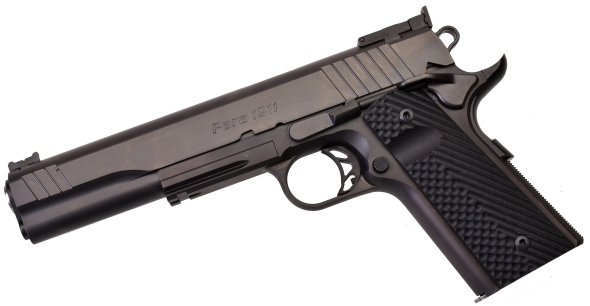
The mechanical aspects of the Para USA 10mm Elite LS Hunter are covered in detail in Part 1. This portion of the coverage addresses live fire experience with the Hunter.
There is a tendency for some folks to knee jerk when the 10mm is mentioned, “Great round but ammo is hard to get”. Times changes, situations change, unfortunately some folks never get the memo. Currently, there are 15 manufacturers producing 46 loads for the 10mm Auto from 115 to 230 grains for plinking, target shooting, self defense, and hunting. While we still have a tight ammo supply, at least 2/3rds of this selection is in stock at any given time which, as of this writing is better than most.
For folks who handload, there is potential to safely improve the 10mm Auto’s accuracy and velocity over many factory loads. Double Tap, Starline and Winchester produce brass. Fourteen companies produce 66 types of jacketed and cast bullets in weights ranging from 125 to 200 grains. There are approximately 20 powder types that fit into one combination or another and five companies produce scores of reloading and accessory dies that are readily available.
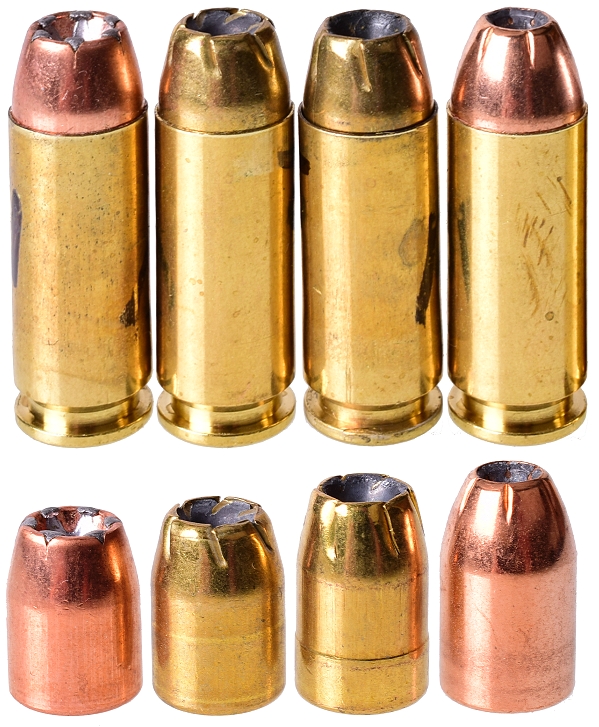
Four basic bullet types were used for handloads in the order as they appear on the handload data table below and are my choices, respectively, for; medium size game and varmints, self defense, self defense, and deer/hog hunting. For the sake of comparison, two factory loads were added, the Federal for self defense, the Buffalo Bore for hunting.
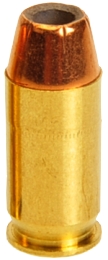 |
Warning: Bullet selections are specific, and loads are not valid with substitutions of different bullets of the same weight. Variations in bullet length will alter net case capacity, pressure and velocity. Primer selection is specific and primer types are not interchangeable. These are maximum loads in my firearms and may easily be excessive in others. All loads should be reduced by 5%, and developed following safe handloading practices as represented in established reloading manuals produced by component manufacturers. Presentation of these loads does not constitute a solicitation for their use, nor a recommendation.
|
||||||||||||||||||||||||||||||||||||||||||||||||||||||||||||||||||||||||||||||||||||||||||||||||||||||||||||||||||||||||||||||||||
|
|||||||||||||||||||||||||||||||||||||||||||||||||||||||||||||||||||||||||||||||||||||||||||||||||||||||||||||||||||||||||||||||||||
The end result was not quite .44 Magnum level performance, but certainly the 10mm from a 6″ barrel is .41 Magnum worthy, which qualifies as more than enough for deer and hogs where legally permitted. For folks who carry a 357 Mag or 41 Mag sidearm while hunting, the slab sided 10mm makes for a more compact solution.
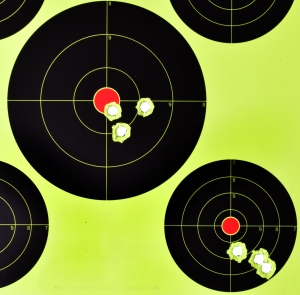
Strong suits? Reliability and accuracy. I’ve always found 1911 types to require only moderate amounts of practice to gain proficiency. There is something very natural about the grip angle, the way they point, their balance and a grip size that lets most people get a good hold on them. The Para with its one inch longer barrel is no exception.
The 6″ barrel extends the slide which results in a 7.75″ sight radius. In long sight radius really helps critical aiming and contributes substantially to accuracy. Both shots were both aimed line of sight to bullseye. The shift downward and left on the lower target is an ammo shift in point of impact. The object was group size, not bullseyes. Center target was shot with Federal 180, bottom right Buffalo Bore 220 grain cast.
There are some handload bullets selected that could turn most any autoloader into a jam-o-matic; not the case here at all. Same ammo, mixed ammo, the Para Elite LS Hunter cycled reliable and always locked open on empty. The Hunter is actually quite soft shooting. Sometimes a slight addition to heft can really dampen a typically harder kicking round. The sights are crisp, no glare and the center fiber optic stands out brightly against light or dark background.
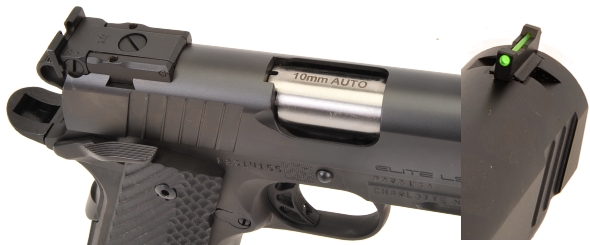
If I could make any changes…
The Para Elite LS Hunter is not the kind of pistol that wastes away in a safe. Its owners will shoot well and that will encourage them to spend more time at the range and out hunting with the Para as a primary firearm or secondary sidearm. My first priority would be to smooth out the trigger and to get pull weight down… and I am not talking about a target trigger weight. Even 4 to 4.5 lbs without creep, minimal pretravel and virtually no overtravel would make the Hunter even easier to shoot.
For me, the very popular and very current grips are too sharp. They definitely won’t slip in a shooter’s hand, dry or sweaty and they will help a shooter maintain a good grip. However, put 40 or 50 rounds through the Hunter and they tend to grate on the palm of the hand. So you might say, “Who’s going to put 40 or 50 round through a 10mm at a single outing. Most anyone who owns one or can borrow one. This is the easier 10mm Auto I’ve shot. I wouldn’t mind an adjustable three dot fiber optic system option. They are so nice to have in a wooded setting where bright sunlight is not a constant.
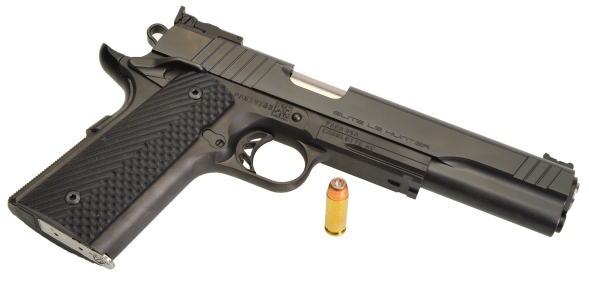
That said, within the 10mm pistols I’ve spent a good amount of time with: Dan Wesson Bobtail Commander, Tanfoglio’s Witness Elite Limited Pro 10mm, Glock 20, Para Elite LS Hunter, I prefer the Hunter. It just seems closest to the configuration best matched to the 10mm Auto and one of the best made within this group. Hopefully there is a Texas hog hunt coming up near year end and I will have the opportunity to put some good food on the table.
Para-USA’s 10mm Elite LS Hunter Part 1
Para-USA’s 10mm Elite LS Hunter Part 2

Email Notification